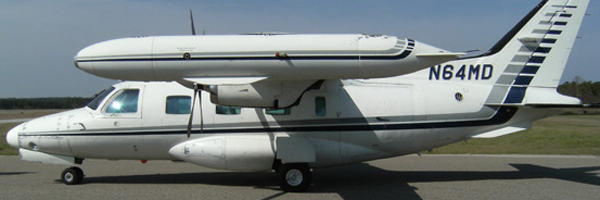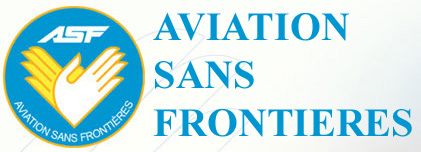Crash of a Beechcraft C90 King Air in Nantes
Date & Time:
Dec 27, 1992
Registration:
F-GIBR
Survivors:
Yes
Schedule:
Nantes - Limoges
MSN:
LJ-734
YOM:
1977
Crew on board:
1
Crew fatalities:
Pax on board:
1
Pax fatalities:
Other fatalities:
Total fatalities:
0
Circumstances:
The twin engine aircraft was engaged in an ambulance flight from Nantes to Limoges, carrying one pilot and one doctor who should embark a patient in Limoges. During the takeoff roll, just before V1 speed, the nose gear collapsed. The aircraft slid on its nose for few dozen metres before coming to rest on the runway. Both occupants escaped uninjured and the aircraft was damaged beyond repair.







